One of the device screen properties that Android lets an app query is it's aspect ratio. In the examples that I have seen this property seems to have only two values - long and notlong.
I am trying to reverse engineer the logic being used by Android to classify a device as having one of the two aspect ratios.
To get some official data to work with, I referred to the values provided by the device definitions included in the AVD Manager tool in Android Studio, and combined that with my own calculations:

The column "Published Ratio" shows the value extracted from the AVD Manager. Based on these results, I am failing to understand how Nexus 5 and 6 are considered notlong while Galaxy S4 and Galaxy Nexus are considered long.